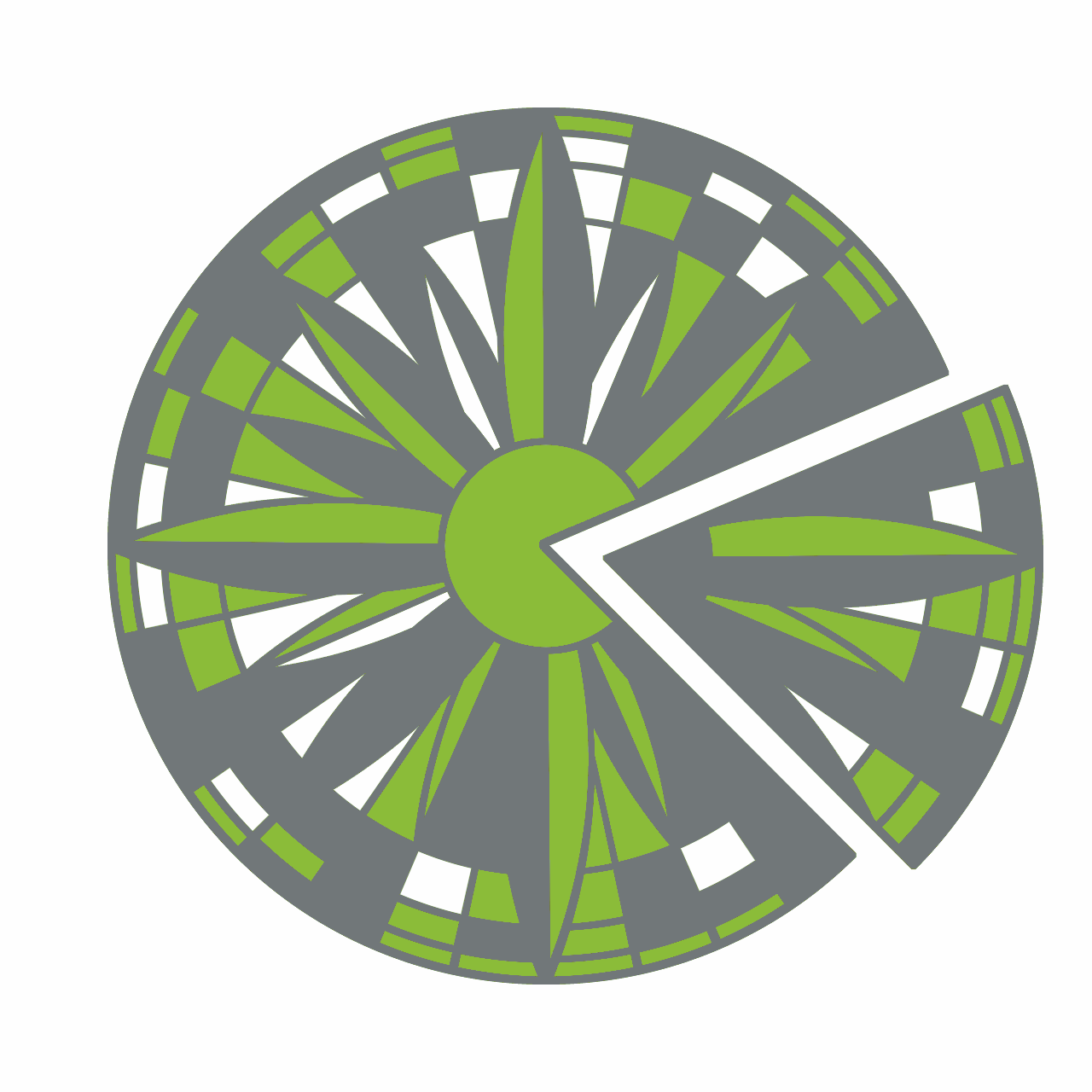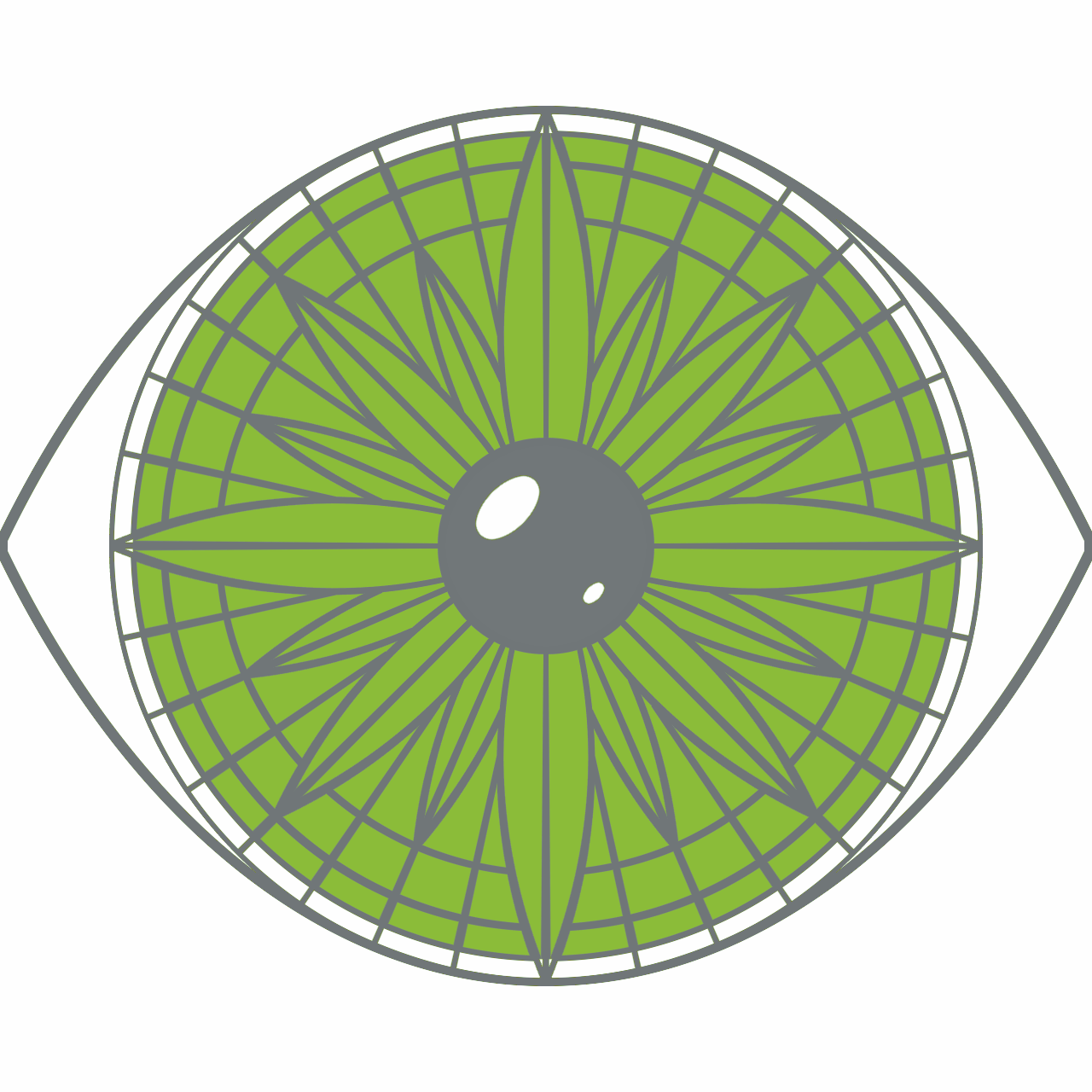LASTIG Laboratry
The IGN's research into acquiring, processing and exploiting geographical data and geovisualisation is carried out by the LASTIG (Laboratory in Sciences and Technologies of Geographical Information for the City and Sustainable Territories).

The LASTIG is a joint research unit between the IGN, Gustave Eiffel University and the Paris School of Engineering (EIVP). This association of three institutions aims to unify research in geographic information within the Gustave Eiffel University, of which the ENSG-Géomatique and the EIVP are members. In particular, it aims to strengthen collaboration between geographic information sciences and other disciplines, such as sociology and demography, to provide a better understanding of the challenges of the city of the future, one of the core themes of the Gustave Eiffel University.
Le LASTIG est organisé en quatre équipes de recherche :

ACTE
Methods and tools for acquiring georeferenced, structured and corrected data

MEIG
Extracting, structuring, qualifying and combining geographic information from variable sources, from authorities or citizens

STRUDEL
Spatiotemporal structures for territorial analysis

GEOVIS
Methods and tools for acquiring georeferenced, structured and corrected data Extracting, structuring, qualifying and combining geographic information from variable sources, from authorities or citizens Spatiotemporal structures for territorial analysis


